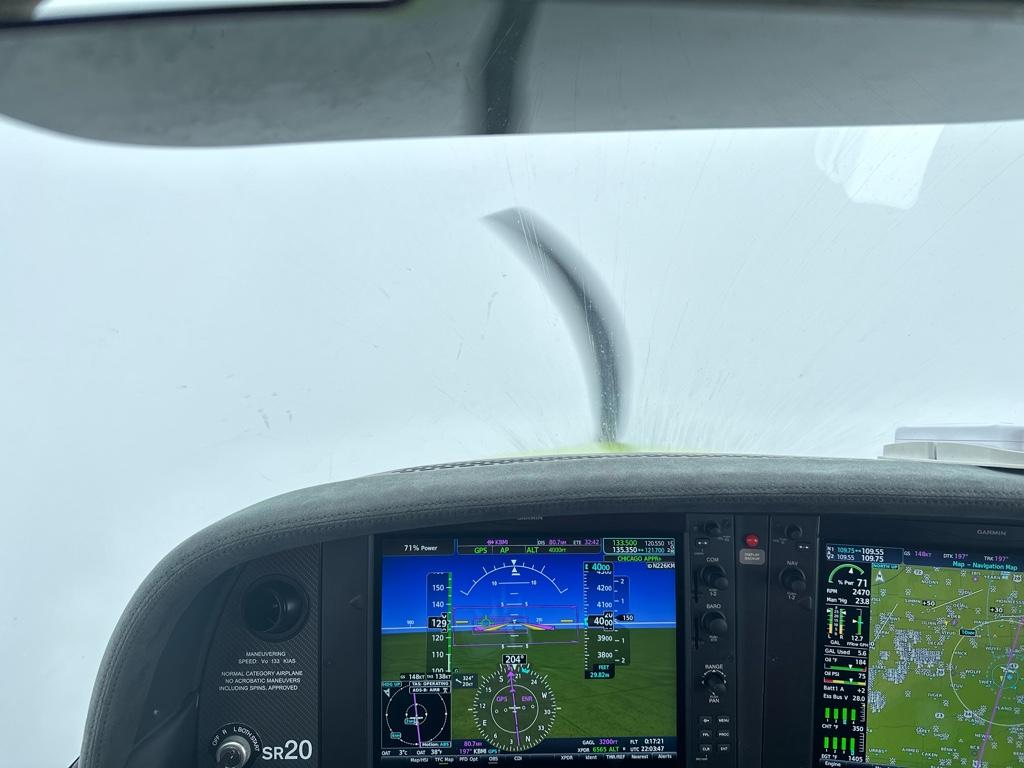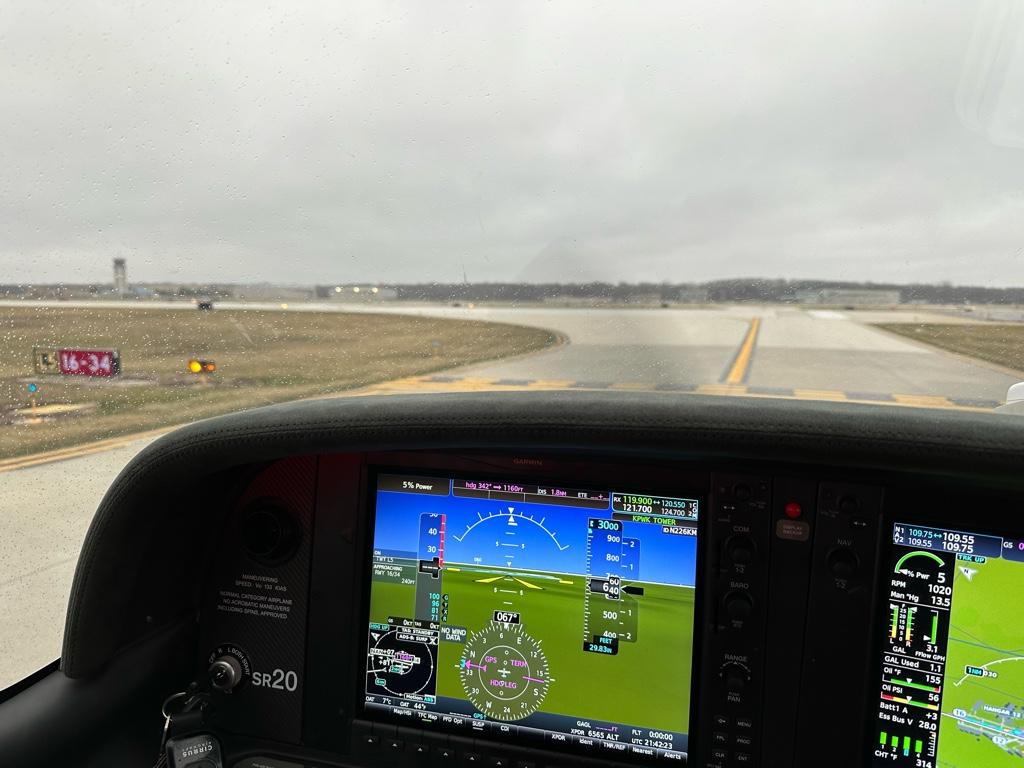EdFred
Taxi to Parking
My CFII had us fly in IMC as much as possible once I had the basics down solidly. He had a few thousand hours, was a career instructor, and had plenty of time in IMC from the right seat with a single six-pack. We managed to find conditions to get a few approaches to near-minimums, and some IMC with pretty good turbulence. Those were good confidence boosters, as well as reality checks. I passed the checkride right at 40 hours instrument time, with 7.5 actual.
And haven’t been IFR current for eight or nine years. The more I did it, the less comfortable I was being in IMC in a piston single, especially in California with mountains, and now in Florida with thunderstorms. Plus my mission is 100% flying for fun - I love the view from up there. Little joy for me in seeing the inside or tops of clouds, and I do have fun using pilotage.
Different missions. We use the plane to go places, and the last...oh...5 overnight or longer trips all involved some level of IMC. They wouldn't have happened without being current. Sometimes it's only 0.1 or 0.2 IMC on a 3.5 hour flight, and sometimes an approach, but the trips would be scrubbed if VFR only.



